Home » Posts tagged '#outofedenwalk'
Tag Archives: #outofedenwalk
Out of Eden & Into the Classroom
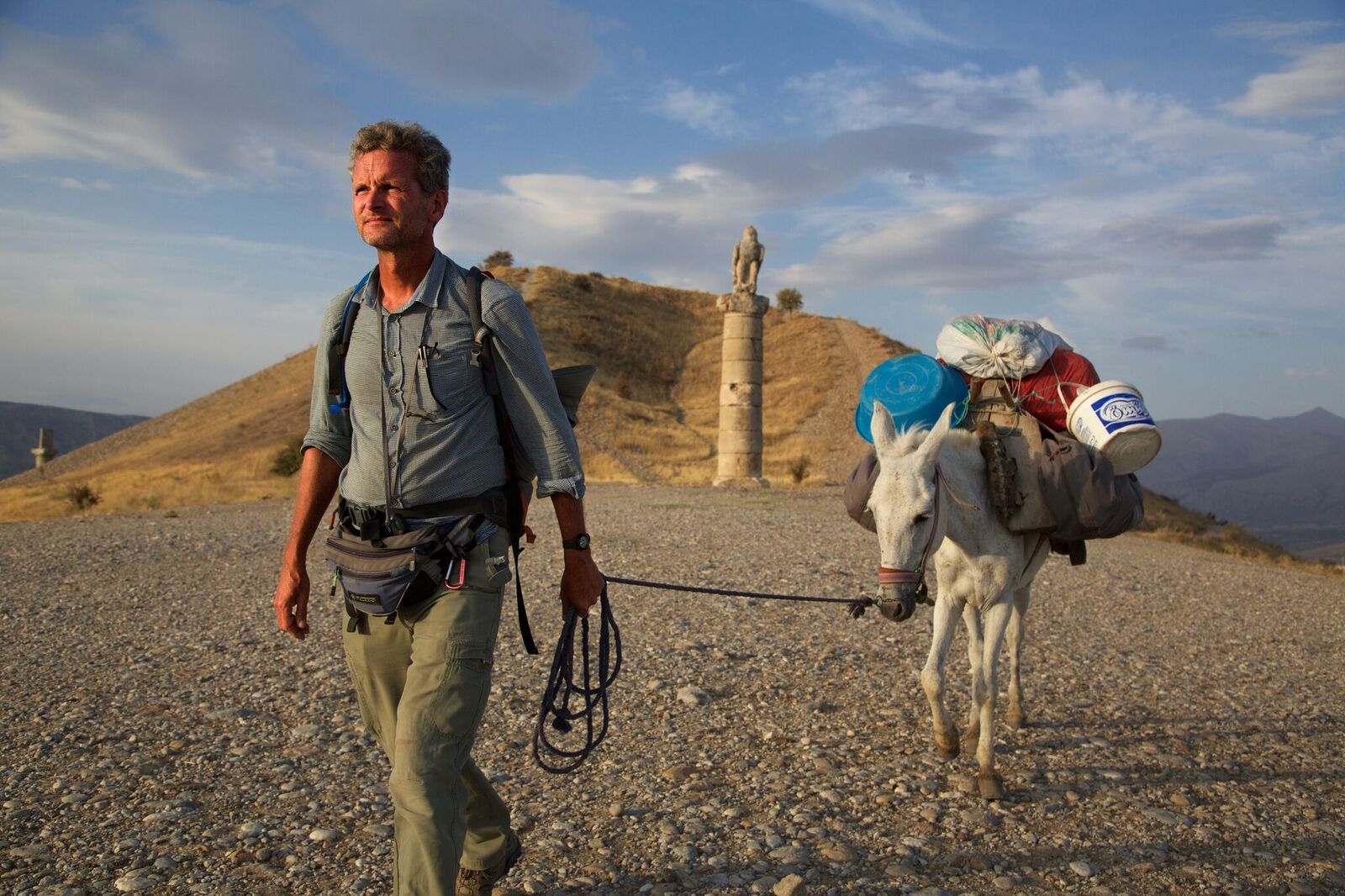
Before visiting this website, I had never heard of the Out of Eden Walk, and I am honestly surprised considering how much of a feat this is. A modern day Odysseus, Paul Salopek is currently on a 24,000-mile odyssey from Africa to the southern tip of South America. It is special because he is following the path our ancestors made as they migrated across the Earth. Along the way he is covering the major stories he encounters from the eyes of the people I didn’t even know existed. From climate change to technological innovation, from mass migration to cultural survival, Salopek is giving voice to the people who inhabit the places he is journeying through every day.
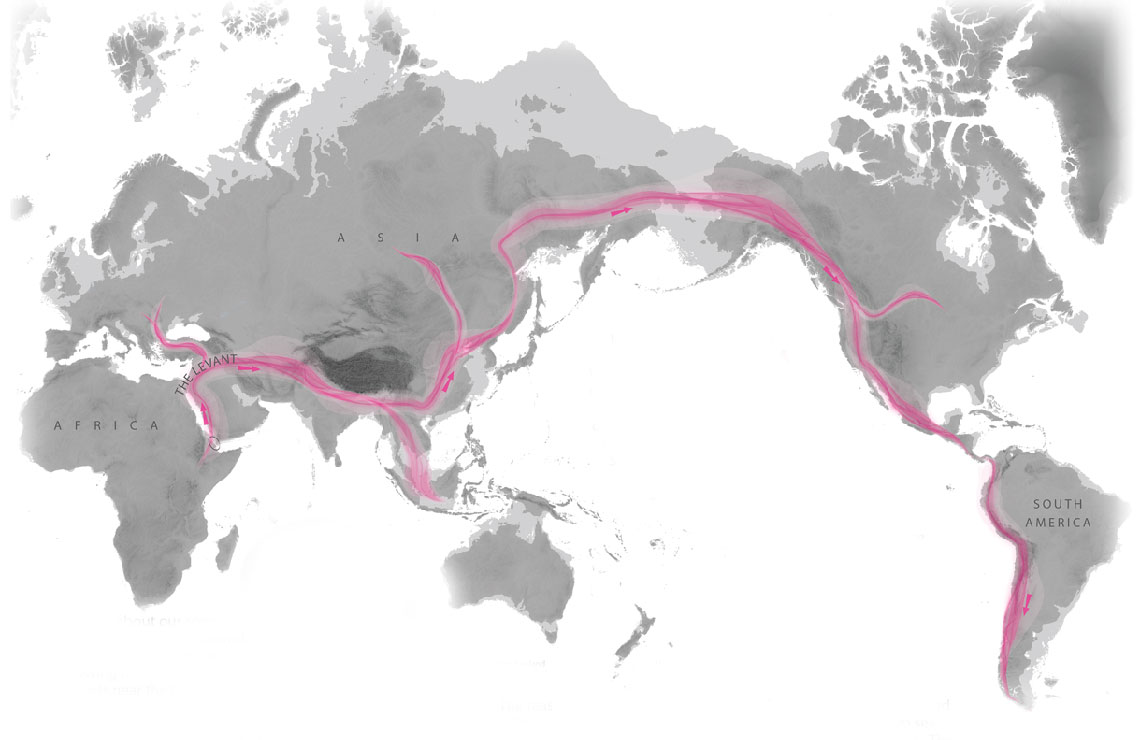
Walking for several years now, Salopek has obviously been to many places. Alongside gaining popularity for this odyssey, he has also inspired educators across the world to teach globally. As a future teacher, I am going to have the task of teaching students about the world ahead of them, and that means more than just learning about their city, state, or even country- it is about teaching that the world is way larger and has so much more to offer than what is on TV or in the news. So much of today’s society is based upon quickness and cheapness, rather than time and quality. Paul Salopek can simply visit big named places in each of the countries he visits and be done in a few months. Instead, he is emphasizing the slowness of it, which really brings meaning to his work and allows for those genuine human interactions. In this blog post, I am going to talk about a few of the place’s Paul has been to.
The first stop for us is the most recent one for Paul: The Gaoligong Mountains, in Yunnan, China.
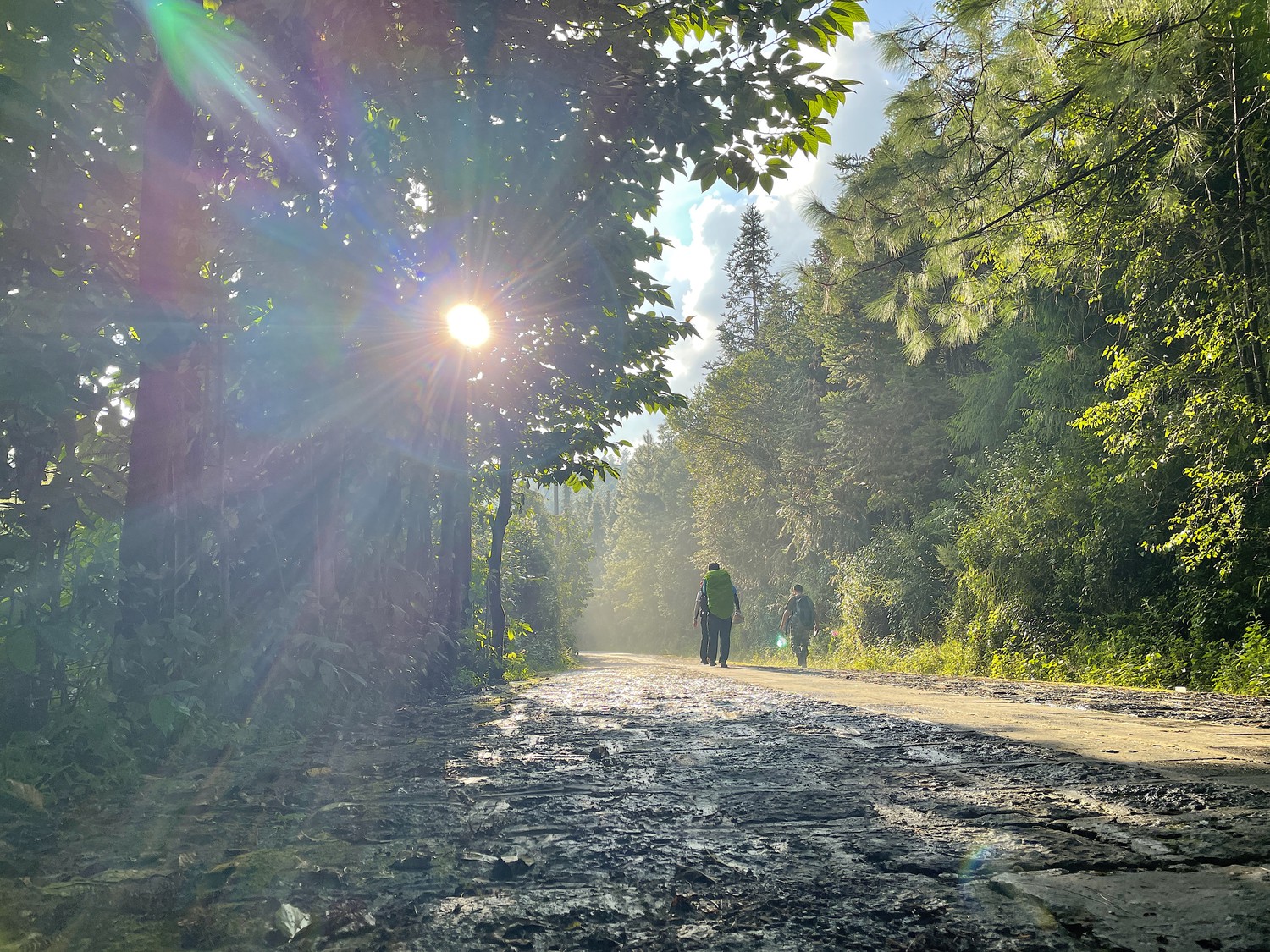
According to Salopek, around 5,000 species of plants, around 700 species of animals, and 1,690 different insects find refuge in the mountain range. One of his guides says the forest floor was so covered with salamanders, the only way he could leave the forest was by walking through creeks. These places are untouched by technology and because of that are often overlooked. That is no problem for those who inhabit areas near the mountain range, in fact, they prefer it. An administrator of the mountain range spoke with Paul and explained there is a saying that goes, “You cut my trees? I cut your hands”. They are very passionate people and have the utmost respect for nature, something that we should all learn from and admire. Yang Xue Liu is a 74 year old man Paul encounters in a village in the mountain range. He sells medicinal herbs and each one has its own purpose. He explains that if people knew plants, they would use them and that is something very important in a science classroom. A teacher could give a whole lesson on plants or nuts that are safe to eat, which can help students learn how to use the environment around them and not always rely on processed food.
The next stop is a step back into time for Paul, but a new future for me and those alike who have no idea a place, named Baku, Azerbaijan, exists.
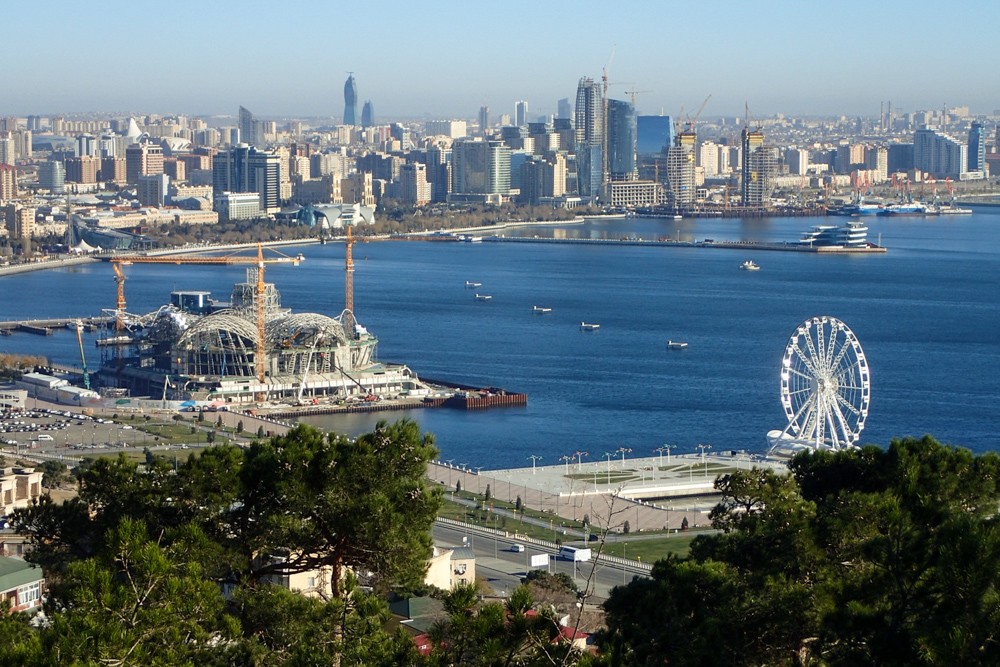
Baku is home to many different empirical influences, from Russian to Persian, Ottoman (Turkish), and even British. It is also home to apparently the world’s largest KFC: a fact I did not ask for, yet did not know I needed to hear. This city has a reputation for taking in widely different influencers and somehow manages to create its own spin on it. This kind of city would be great for a social studies or history class, as it is proof that we live with history everyday. Paul links a walking tour of the city that I think greatly shows the user just how diverse and culturally rich this city is.
Continuing with the theme of being unexpected, the last stop in this blog is where Paul Salopek started, Herto Bouri, Ethiopia. It is interesting to read what expectations he had for his journey, and how excited he was. Salopek in 2013 predicted to be in South America by 2020 and it is crazy to think about how much of the future is unknown especially writing this blog in 2021 dealing with the Covid-19 pandemic. His journey beginning reminds me of beginning school for the first time as a 6 year old. Like Paul, I had no idea of the journey I was in for, and I still do not now. Just as my parents and other adults have done before me, I walked through school everyday, enjoying the ride and discovering new things about myself and others. Now, on the cusp of ending my school career as a student, I begin a new walk in school, as a teacher. Like the guides that help Paul on his journey, I too am now a guide for the students who are now where I once was. Keeping him and his journey in my thoughts, I will use this Walk of Eden as a teaching point about the globe, but also one about ourselves. A quote by a fifth grader in the U.S.A. about the Out of Eden project really sums up the importance of this project: “I think when exposed to the details of others’ lives, you start noticing your own…”—Annie 5th grade student, Massachusetts, USA.
Blog Post 10-Tatianna Competello
This week we are working on the topic Out of Eden Walk. This is a website with multiple chapters and it is actually very interesting. But some may wonder what is the Walk Of Eden? According to the website https://www.nationalgeographic.org/projects/out-of-eden-walk/, it states how this walk was completed by, Paul Salopek’s It was a 24,000-mile odyssey is a decade-long experiment in slow journalism. Moving at the beat of his footsteps, Paul is walking the pathways of the first humans who migrated out of Africa in the Stone Age and made the Earth ours. Along the way, he is covering the major stories of our time—from climate change to technological innovation, from mass migration to cultural survival—by giving voice to the people who inhabit them every day. His words, as well as his photographs, video, and audio, create a global record of human life at the start of a new millennium as told by villagers, nomads, traders, farmers, soldiers, and artists who rarely make the news. In this way, if we choose to slow down and observe carefully, we also can rediscover our world.

The first chapter I am covering is Chapter 3: Autumn Wars–
This chapter explains what happens when you become a war refugee. This leads you to walk everywhere. This chapter states how In southern Turkey, one of the oldest farmed landscapes, Salopek meanders through pistachio orchards, Bronze Age ruins, and walled medieval cities. And he walks into one of the greatest humanitarian catastrophes of our time: tides of refugees from Syria’s civil war. Turning northeast, he passes through tense Kurdish villages en route to the Caucasus Mountains and a frigid crossing into Georgia—an oasis of stability in a turbulent region. From the capital, Tbilisi, Salopek sprints through Azerbaijan to the shore of the Caspian Sea. Central Asia and the ancient Silk Roads beckon. I think it is really cool that we can take a virtual tour with every milestone Paul came across at the time and be able to see the whole view of the exact place he was in as well.
When I looked more into this chapter on the website I was able to see the destinations that were crossed during the time of this chapter. For this chapter, he begins his journey on June 25th, 2014. He was in Limassol, Cyprus. Paul explains what Cyprus was like in such words, “Smooth, flat asphalt, and not a soul on foot. “Such is the inward loneliness of Europe.” Then on July 16th in the same year, Paul crossed over to Mersin, Turkey. Paul strikes out across Anatolia with a professional tour guide and a recalcitrant 22-year-old mule. Now on July 31st, 2014 Paul hit his twentieth milestone. This was one day 532 of the journey and he hit 1,900 miles.

The next Milestone that was established in this chapter is Milestone 21: Cyprus. This was one day 548 and the mile reached was 2,000. This is an interesting piece of what Paul had to say about his time at Cyprus, “The iron ship docks with a clang. There are beaches slathered with baking Russians, baking Brits. Then a port city. Then a checkerboard of olive groves, of yellow hay fields. Empty chalk roads that burn out the eyeballs. Boarded up villas. (The global banking crisis hit hard.) Marooned villages. Old Byzantine churches. The racket of cicadas only ratchets up the heat. Carob trees throw lead-colored shadows. Up in the dry hills above Pyla, an Indian tractor driver points the way north to the Turkish enclave. Sitar music twangs from his earbuds. Another new arrival. He turns soil that has been plowed for 9,000 years yet still gives. It has always been this way in Cyprus.” You can click here for the article.

The next milestone that was discovered in this chapter is Milestone 22: Back and Forth. This goal was reached on the day of 532 and mile 2,100. This milestone aboard THE M/F Bozcaaada Ferry, at the Mediterranean Sea. The video I listed below takes you on a virtual tour with the sound of the sea, and at a beautiful time of the day. Although there is one more goal to this chapter I thought the three that I chose were the most interesting to me.
Chapter 2: Holy Lands-
This chapter took place from May 2013 until July 2014. In this chapter we see Paul go from the desert expanses of the Arabian Peninsula, the walk heads north into holy lands that seeded the three great monotheistic faiths. In this chapter, we read about Sami’s World. As stated in the article Sami Nawar is the director of Al Balad, Jeddah’s famous historic district. He’s a compact, friendly, indefatigable man with 1,001 plans, schemes, projects, ideas. “This is the only city on Earth with this claim,” Sami says.
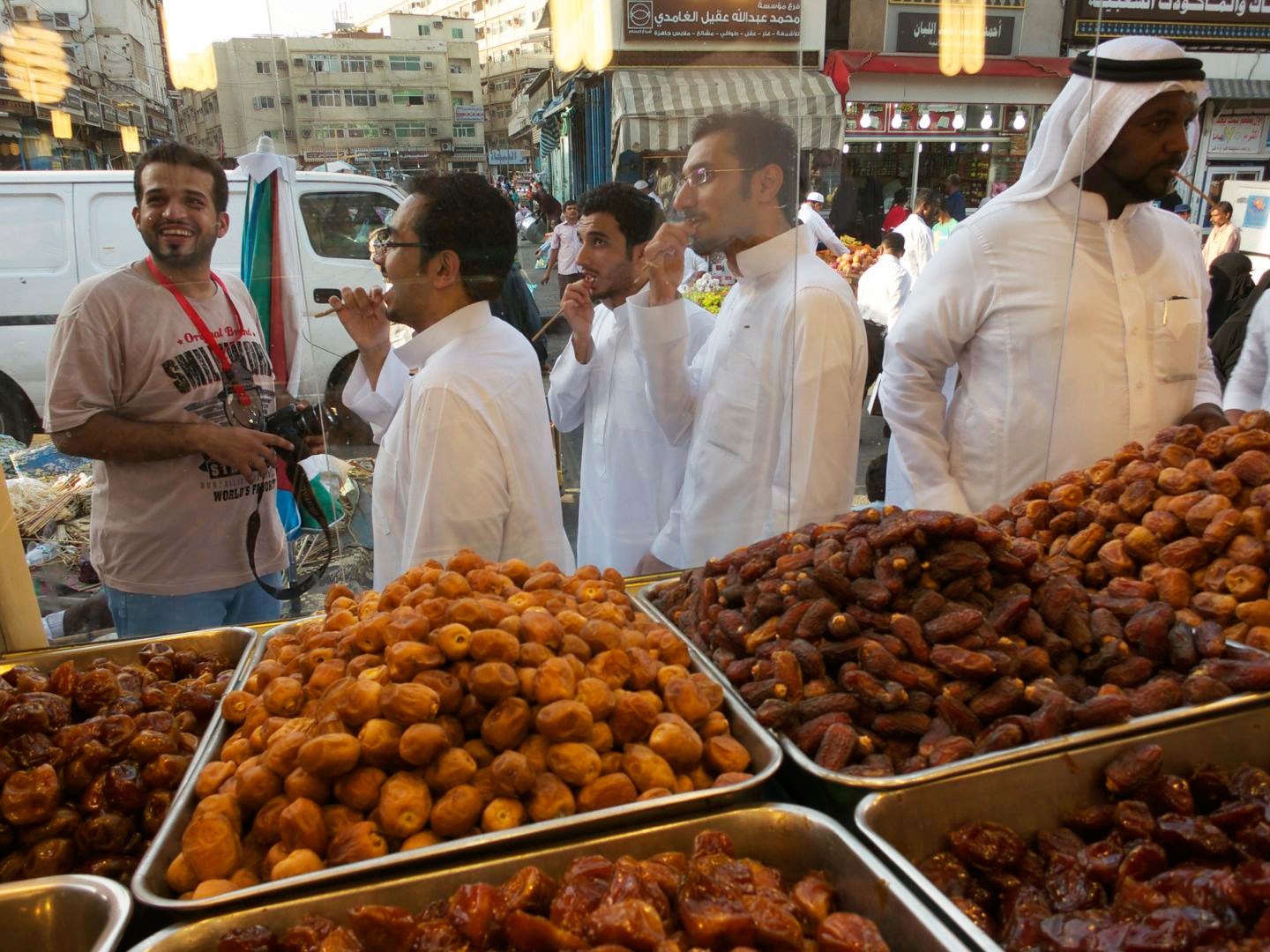
The author of this article wanted the audience to see that he came to Jeddah, Saudi Arabia looking for Eve’s grave. Paul did everything he could in his power to find this grave. There were many milestones and goals reached along the way. In the video below Sami gives the audience a quick rundown of why he is going on this journey and educates other people watching this video.
The last chapter I am covering is Chapter 5: Riverlands–
This chapter took place in Pakistan, India. The dates this chapter took place are February 2018 until October 2021. In this chapter we see Paul navigating a maze of waterways across fertile South Asia, the walk traverses an emerging center of global power. In this chapter, I deiced to cover the part about Gold Nomads of the Karakoram. Paul says Rivers in the glacial valleys of the Karakoram, the towering mountains of northern Pakistan, swirl ice cold and the color of slate. Along the banks of some of these remote waterways, patchwork tents huddle like flotsam. Inside the tents live nomad families who wander from current to current, panning the dark sands for glints of gold. These are the Stonewall.
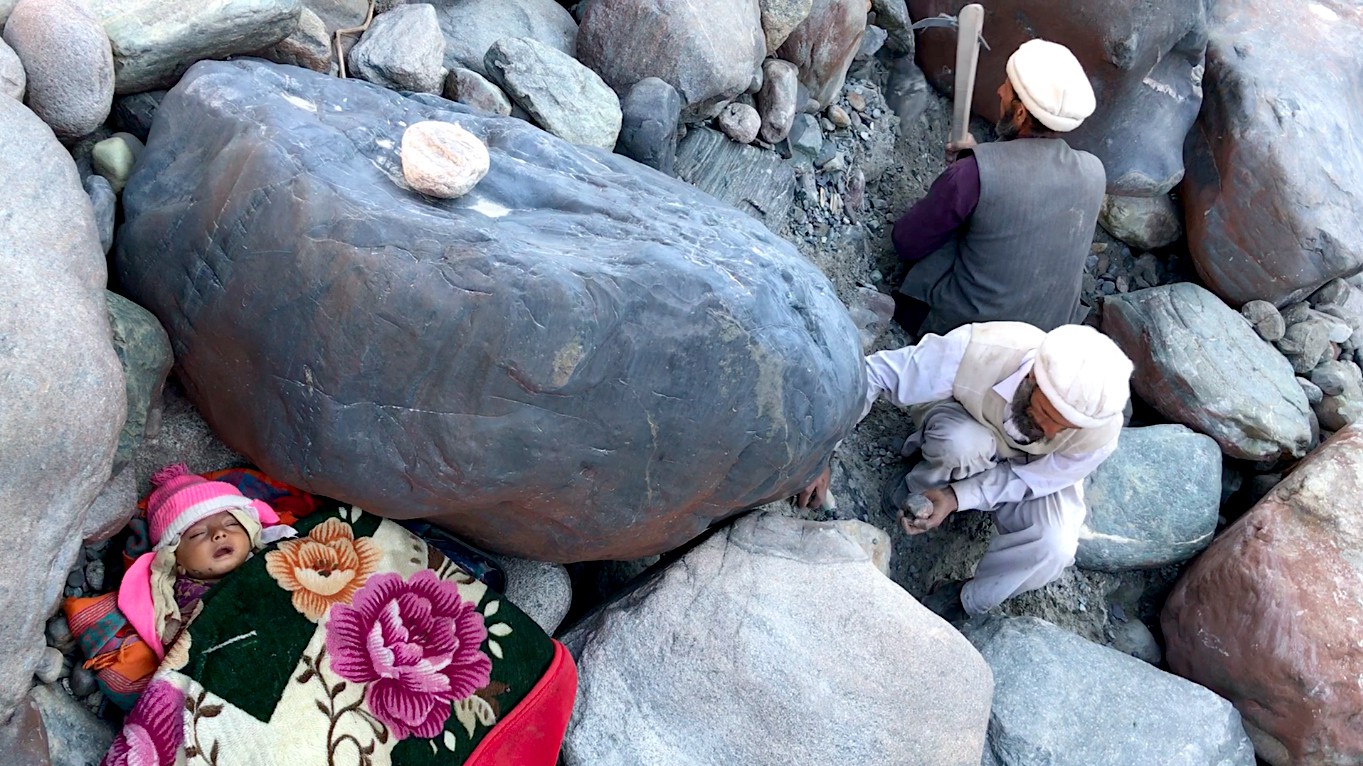
The video I embedded below shows the living conditions, Paul lived in for the time he was in Pakistan. Along with how the people from Pakistan lived every day. It is sad to see how some of the children live in these conditions. No evidence links the Sonewal to the Roma people, as Brown suggested. But they still roam as before. Few of the surrounding townspeople marry into their ranks. Their children remain mostly uneducated.
Out of Eden Walk
In 2013 Paul Salopek began his journey, traveling in the paths of ancient migration patterns, titling it, The Out of Eden Walk. He documented his travels through writing, video, audio, and pictures. Every 100 miles he marks his recordings. In this post, I will discuss three of the locations Salopek documented.

Salopek began his journey in Africa, in the Ethiopian Rift. He provides a panorama view of his first milestone, showing a group of people, a vehicle, and the desert. Idoli Mohamed, an Afar pastoralist is the first encounter he writes about on his journey. He asks him three questions; who are you, where do you come from, and where are you going? Idoli answers he is a pastoralist however, he doesn’t want the same life for his children. He would prefer for his children to attend school. Idoli explains people say the Afar people are from Tadjoura, Djibouti. He says that if they can be educated they could go anywhere.
At every milestone, Salopek takes a picture of the earth and the sky. In his first milestone, he shows the pile of goat dung he stands on at mile 0 of his journey and the sky, showing how bright the sun is, describing it as a “blast furnace.” Even in the picture of the sky, it’s easy to see that there are very few clouds and there are no trees for shade. This shows how brutal the conditions are in the area.

On day 654 of his journey, Paul Salopek is near Mt. Subhan, Turkey. At this point, he has traveled 2600 miles. He wrote Mt. Subhan is an extinct volcano, “it’s cone arrowed 13,000 feet into space and was very stormy. You rarely saw the summit.” The panorama shows green grass-covered hills, their cargo horse, and his traveling partner. While there are some clouds that can be seen in his panorama, none are seen in his earth and sky picture, again showing how brutal the sun is.
Salopek encounters two young boys, Yusef (14) and Eyep (15). He asks the boys the same three questions; who are you, where are you from, where are you going? Eyep answers for both of them, they are cousins from Turkey, he wants to be a teacher and Yusef wants to become a geological engineer.

Milestone 74: Every Story Contains Silences
Milestone 74, 3184 days and 7550 miles into the journey, is Salopek’s most recent milestone, posted on October 26, 2021. In the introduction, Salopek explains that he had to put the trek on hold for 20 months due to the Covid-19 Pandemic due to closed borders. He explains that crossing the border into China became completely impossible when Myanmar’s army took power in a coup. In order to continue his journey, he needed to take a plane into China. This means he skipped 251 miles, and two milestones.
At this milestone, he meets flower farmer Jiang Ji Bing. Again, he asks the three questions. Jiang Ji Bing answers that he plants flowers that are used for medicinal purposes, he is from Tengchong, and once the flowers are picked he is going back home.
Jiang Ji Bing’s flower farm is pictured in this milestones panorama, as well as mountains and buildings. In the earth and sky pictures, Salopek is standing on a partly paved path, much different than the previous two milestones discussed in this post. This shows how different each area he visits is. Some are completely barren, some are in the middle of nowhere, and some are in the middle of cities or farms.

The Out of Eden Walk is a great resource for students. This could be used in a history classroom to discuss ancient migration patterns. The documented journey is also great for showing students the diversity of the world through people, cultures, and environments. Paul Salopek showcases his journey in a way that focuses on archaeology, culture, environments, and more. This is an important resource to educate students on the social and ecological aspects and difficulties of different people around the world.
The site also features an “In the Classroom” tab which provides resources for students and teachers about the Out of Eden Walk. It offers resources from National Geographic, the Out of Eden Walk homepage, and the Pulitzer Center. These sites provide outlines, lesson plans, and educator notes.
Below is an introduction video posted on Vimeo for the Out of Eden Walk.
Thank you for reading!
Samantha Pollina
Out of Eden Walk
For this weeks blog, I am writing about a surprisingly fun experience I had while exploring the migration of our ancestors. I have always been fascinated by other cultures and this project from National Geographic does an incredible job of giving a bit of insight into how different the world is. Paul Salopek is a award winning journalist who has decided to document his journey across 24,000 miles of human history. The amount of detail Paul Salopek and his team put into this project is astounding, with links to every map and picture so readers can learn more. The journey is laid out in a series of chapters with each one describing a different experience.
The Silk Road

The first stop I made, was the Silk Road, a topic I remember learning a lot about in high school. The first stories in this chapter describes what life is like living in Pakistan and Afghanistan. Paul describes the countries’ winding, snow covered roads and unique cuisine. I found the story about the medical benefits of sea buckthorn to be extremely interesting. This chapter was by far my favorite as it gave incredible insight into how peaceful these countries are when they are mostly attributed to war.
The Middle Kingdom

The second stop I made, was another one I was greatly looking forward to, a journey through China and Myanmar, the Middle Kingdom. Being one of the largest countries in the world, China is extremely rich in culture, with an astounding level of diversity. However, the story I was most interested in, is the places Paul was unable to visit. During his journey across Myanmar, Paul ran into logistical trouble because of the COVID-19 pandemic. He was forced to fly directly to China, and as a result, lost over 200 miles of potential stories.
The Holy Lands

The final stop I made was in the Middle East, the Holy Lands. This part of the world is considered to be one of the most unstable, making is quite risky to document. Regardless, Paul and his team were able to capture a wide variety of life from this part of the world. The Middle East is home to three of the worlds great religions as well as a massive source for petroleum, making is a restless location. However, like Pakistan, where there is human struggle, there is also incredible beauty.
I had a great experience reading about Paul Salopek’s Out of Eden Walk and I was only able to scratch the surface. Every page leads to more links where even more information can be found. This makes it a great database for a classroom. Students could spend hours clicking through links without getting bored. For a history teacher, this site is a “must have”. If you would like to learn more, you can check out the Eden Walk on National Geographic’s website, here.
Walk of Eden
by Shelby Garrison, Garris37
In all honesty, this particular tool I probably wouldn’t be using in my own classroom, just because I wasn’t that much a fan of it. Navigating this tool wasn’t the easiest for me, and it didn’t draw me in. first place I went was Riverlands.

Even on this journey this man spread knowledge. He had workshops on journalism, I found this neat!
The next place I went was Silk Road.
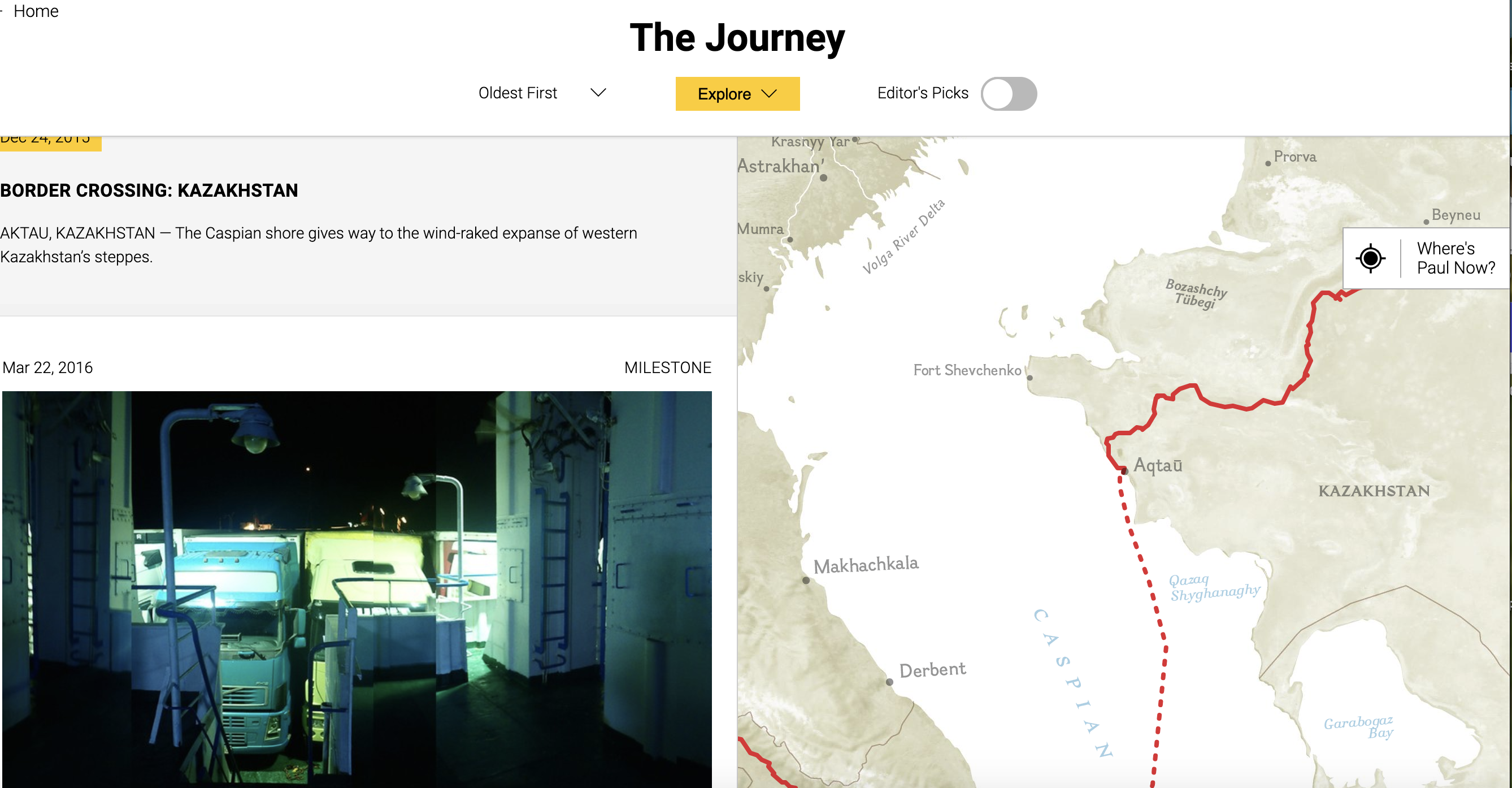
The final place I looked at was the middle kingdom.
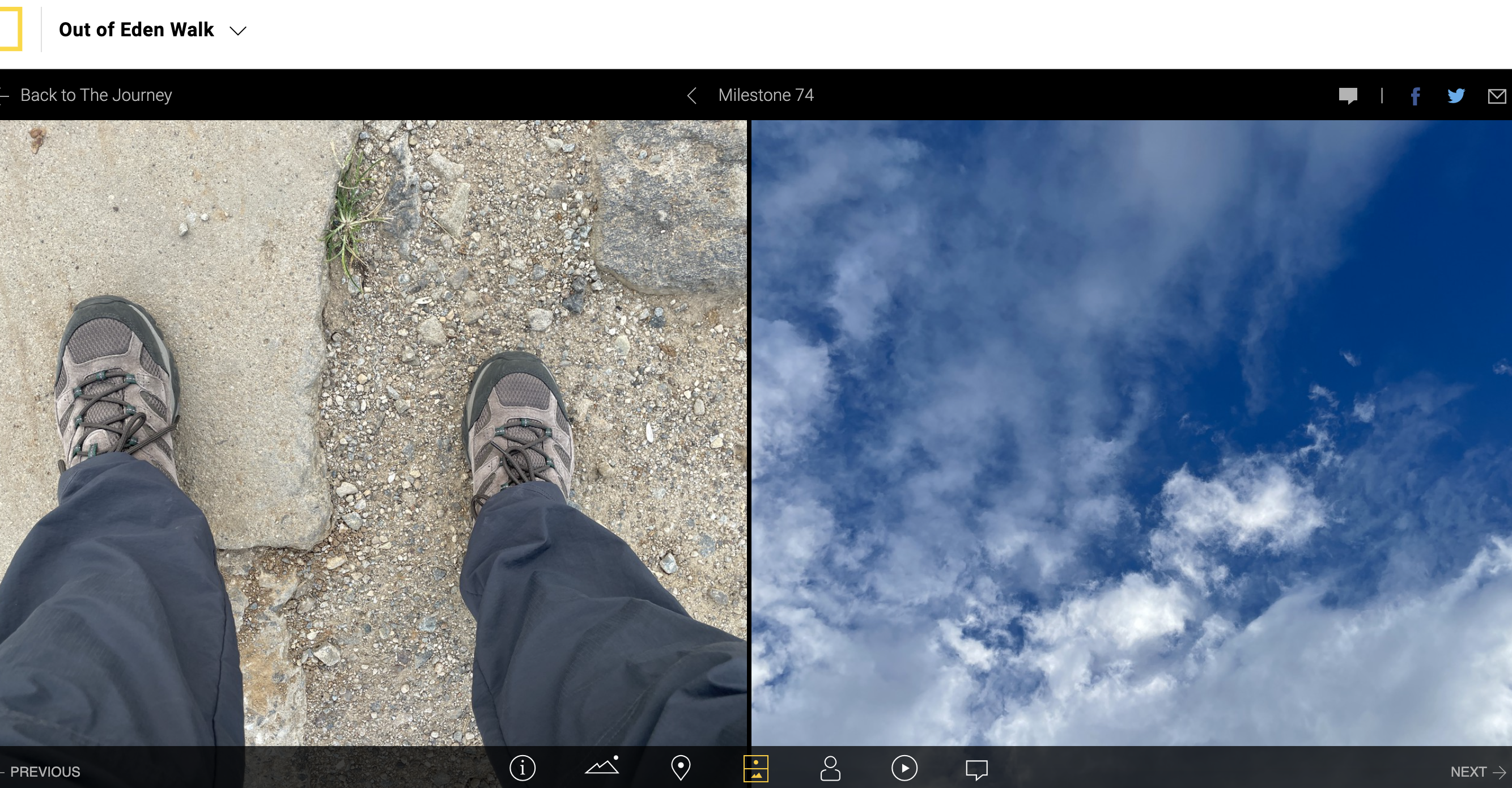
National Geographic: Out of Eden Walk
By: Dara Sborea
This week, we are exploring journalist Paul Salopek’s 24,000 mile journey, titled “Out of Eden Walk.” The idea was to follow the path out of Africa to other lands, just as our earliest ancestors did tens of thousands of years ago.
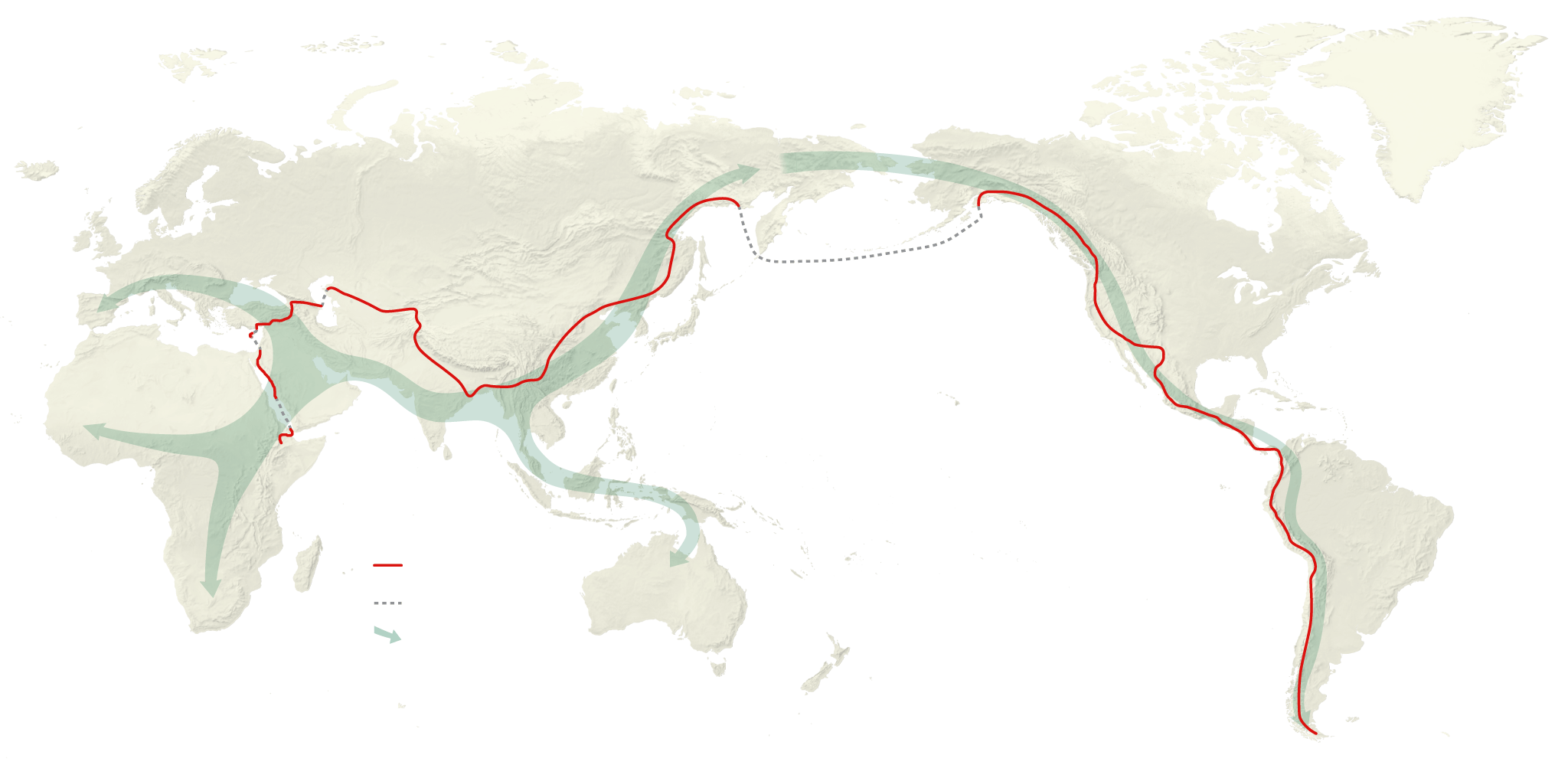
Salopek wanted to slow down so we can rediscover our world, on foot. His idea was to highlight the people and events along this journey that wouldn’t normally make the news. In this post, I will discuss three of destinations from the walk, but I highly suggest you take a look at Salopek’s journey for yourself.
Salopek begins where humankind began, in Africa. In the Great Rift Valley, which Salopek describes as an inhabited wilderness, he encounters Ahmed Alema Hessan, a leader of a clan of the Afar people. Hessan hasn’t driven camels in 30 years, but in this region, there is plenty of help as Salopek and Hessan walk and talk. Salopek describes the people who come and go along this part of the route as engaging in a public conversation, just to vanish into the horizon once their part is done.
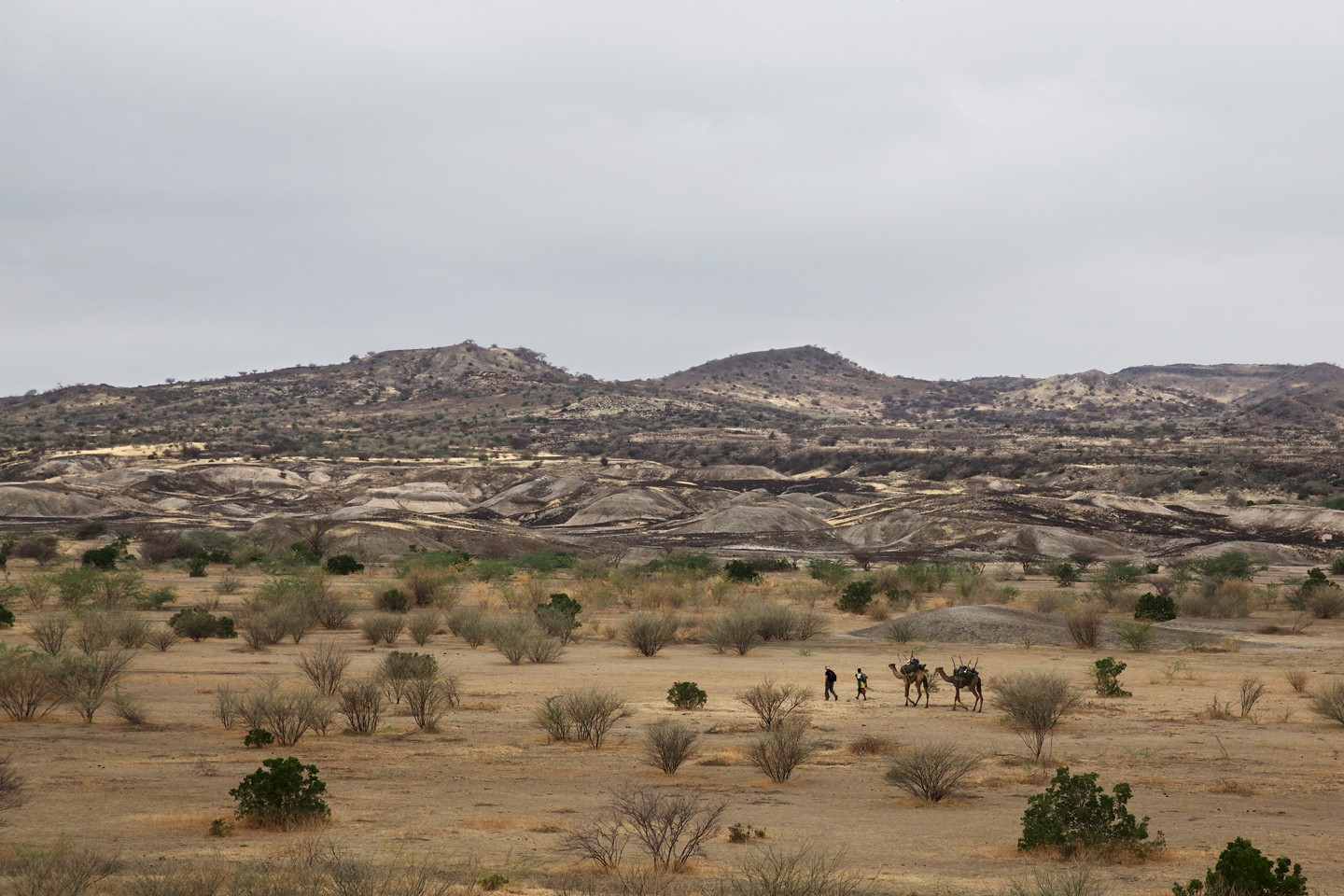
For a significant part of Salopek’s journey, he travels along the Silk Road, which was a network of trade routes that connected China and the Far East with the Middle East and Europe.
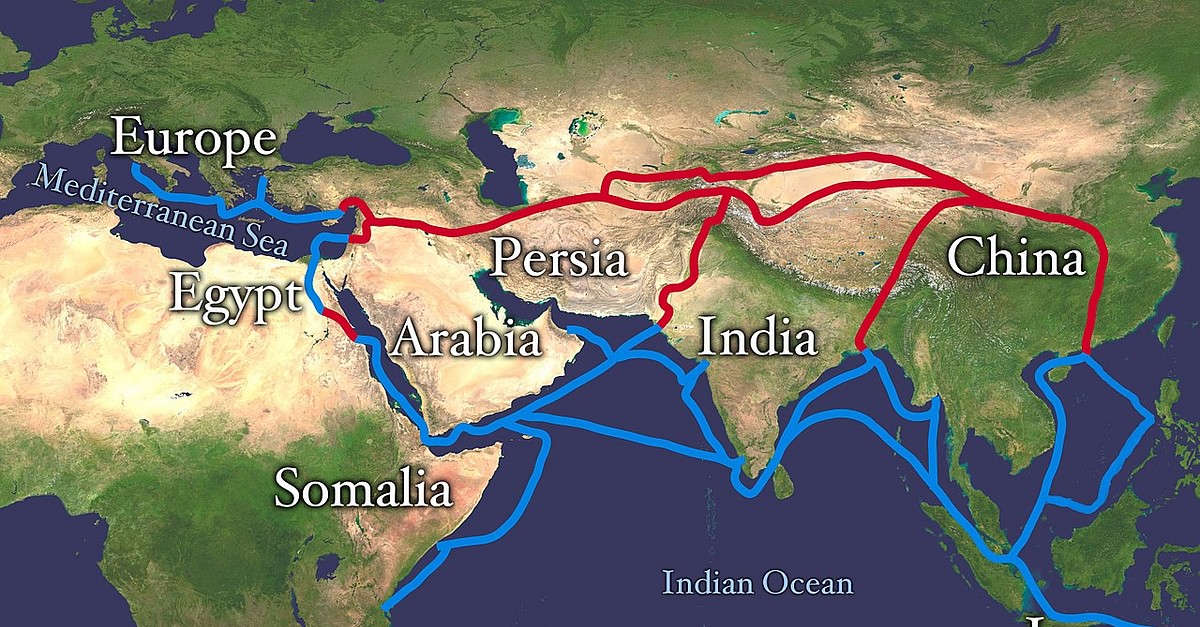
Horses were first domesticated in Kazakhstan, which means the first cowboys were there too. Salopek decides to look for a horse here to use as a pack animal. He is committed to completing his journey on foot, or by boat when required. As it turns out, while Kazakhstan’s citizens cling to their heritage with horses, few have seen or touched a live horse. Salopek does manage to find a horse breeder, and a horse is eventually delivered to him, but it’s likely not the one Salopek chose.
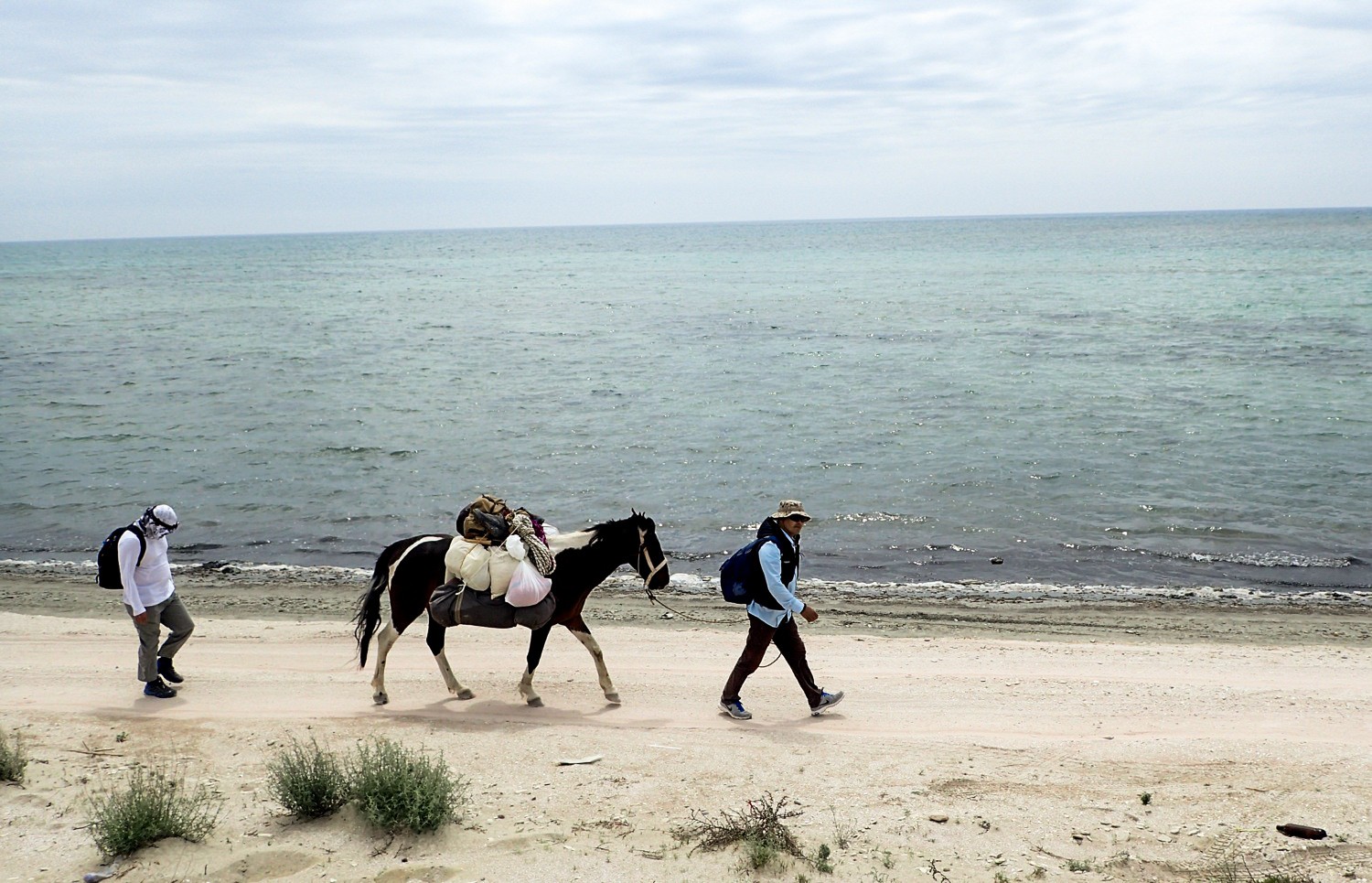
Unfortunately, Salopek’s trek was sidelined for a significant amount of time because of the Covid-19 pandemic. He has, however, resumed his journey and as of earlier this month (November 2021), he was in China’s biodiversity hotspot situated in the Gaoligong Mountains, near China’s border with Burma. To give you an idea of the massive biodiversity of the area, there are about 5,000 species of plants, 700 species of animals, and 1690 different insects! Several new plant species are discovered in the area each year. Salopek reminds us that while we were all focused on the climate change summit in Glasgow, the United Nations 15th biodiversity conference was held in China this year, and it was equally as important as the climate change summit.
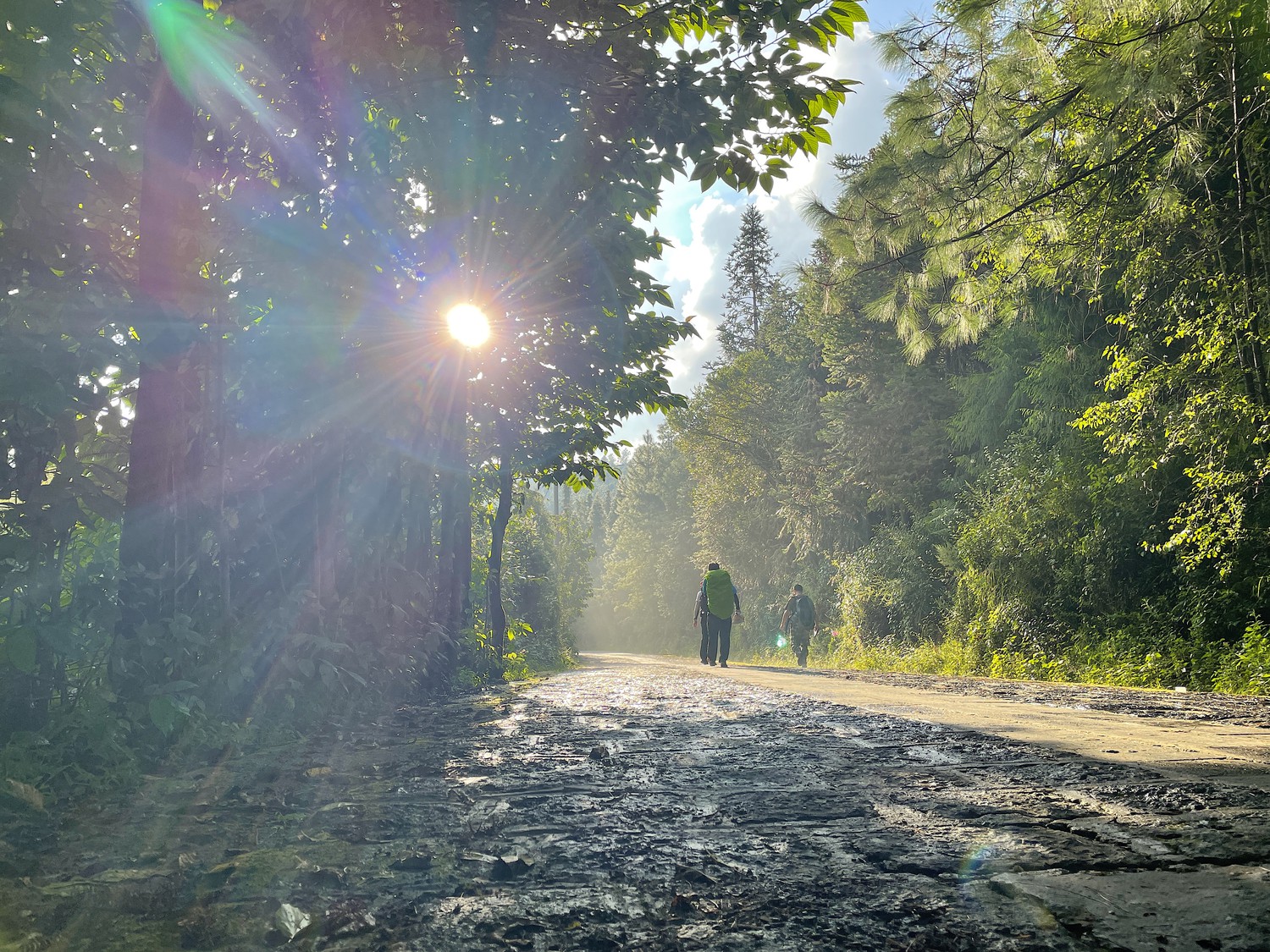
Recent Comments